Home>Gardening & Outdoor>Landscaping Ideas>How To Get Rid Of Grass In A Garden Bed
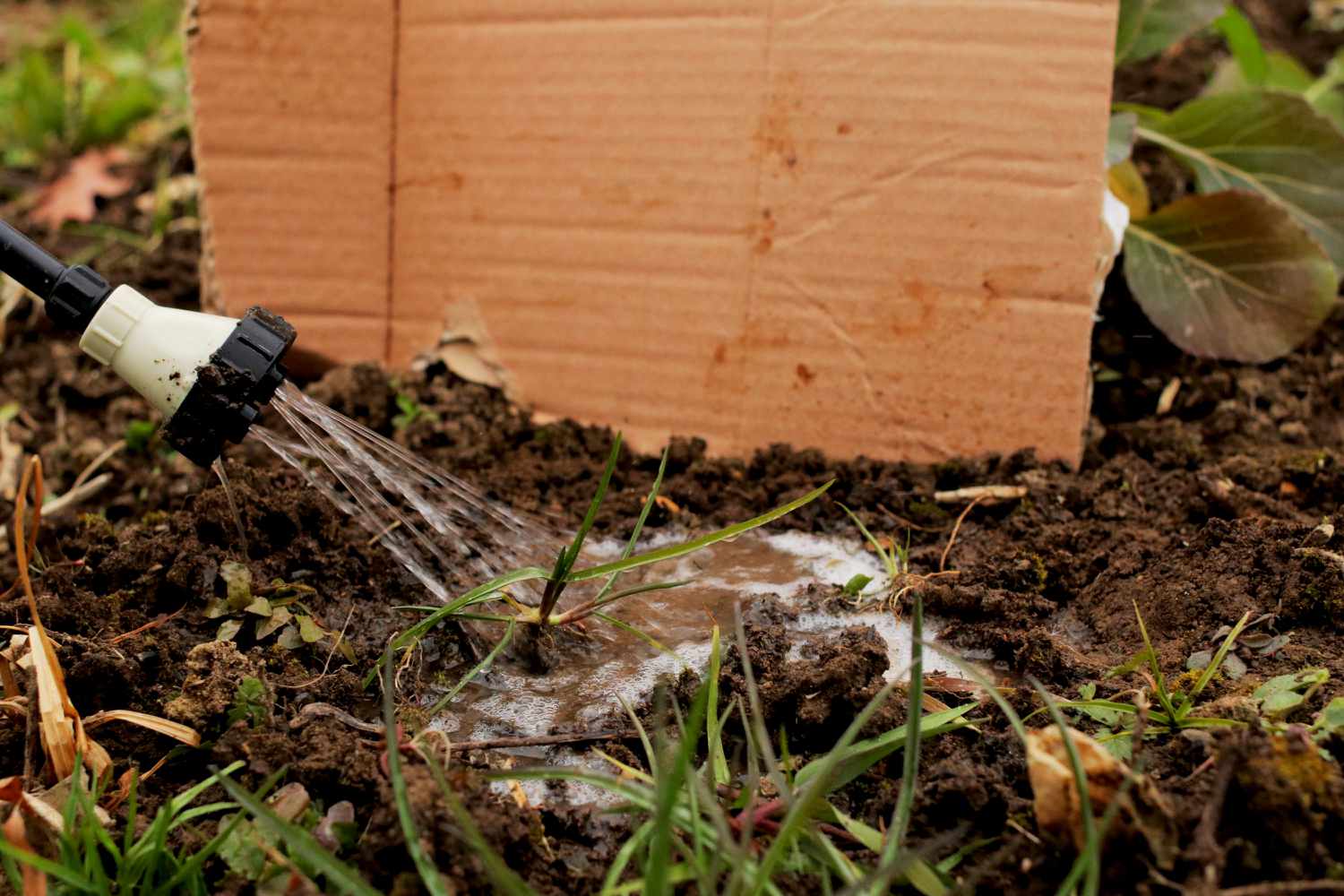

Landscaping Ideas
How To Get Rid Of Grass In A Garden Bed
Published: February 1, 2024
Learn effective landscaping ideas to remove grass from your garden bed. Discover expert tips for creating a beautiful and weed-free garden space.
(Many of the links in this article redirect to a specific reviewed product. Your purchase of these products through affiliate links helps to generate commission for Storables.com, at no extra cost. Learn more)
Introduction
Dealing with unwanted grass in a garden bed can be a frustrating and time-consuming task for many gardeners. Whether you're aiming for a pristine flower bed or a neatly mulched area, the presence of grass can detract from the overall aesthetic and make maintenance more challenging. However, with the right approach and a bit of know-how, you can effectively eliminate grass from your garden bed and prevent it from making a comeback.
In this comprehensive guide, we'll explore various methods for removing grass from garden beds, ranging from manual techniques to chemical solutions. Additionally, we'll delve into strategies for preventing grass from regrowing, ensuring that your garden bed remains free from unwanted intruders.
By the end of this article, you'll be equipped with the knowledge and techniques needed to reclaim your garden bed from encroaching grass and maintain a pristine and flourishing outdoor space. So, let's dive into the world of grass removal and take the first step toward achieving a weed-free garden bed that you can be proud of.
Key Takeaways:
- Say goodbye to unwanted grass in your garden bed! Learn manual and chemical methods to remove grass and prevent regrowth, creating a pristine and flourishing outdoor space.
- Embrace proactive measures like mulching and strategic planting to keep your garden bed weed-free. With the right approach, you can reclaim your outdoor sanctuary from encroaching grass.
Understanding the problem
Before delving into the methods for removing grass from a garden bed, it's crucial to understand the nature of the problem at hand. Unwanted grass in garden beds can pose several challenges, impacting the overall appearance of the garden and making maintenance more laborious.
First and foremost, grass in garden beds competes with desirable plants for essential resources such as water, nutrients, and sunlight. This competition can hinder the growth and development of flowers, shrubs, and other ornamental plants, ultimately compromising the visual appeal of the garden bed. Additionally, the presence of grass can create a messy and unkempt appearance, detracting from the overall aesthetic that you're aiming to achieve.
Furthermore, grass in garden beds can be particularly resilient and invasive, often spreading rapidly through underground rhizomes or above-ground stolons. This aggressive growth habit makes it challenging to control and eradicate grass once it has taken hold in the garden bed. Moreover, if left unchecked, grass can quickly overrun the entire area, transforming a carefully curated garden bed into a tangled and unsightly patch of greenery.
In addition to these challenges, the presence of grass in garden beds can also make routine maintenance tasks, such as weeding and mulching, more time-consuming and arduous. The need to constantly pull out grass clumps or meticulously edge around encroaching grass can detract from the enjoyment of tending to the garden and may discourage gardeners from fully engaging with their outdoor space.
By understanding the multifaceted nature of the problem, gardeners can approach the task of removing grass from garden beds with a clear understanding of the potential obstacles and the importance of implementing effective and lasting solutions. With this awareness, you can confidently explore the various methods for grass removal and take proactive steps to prevent its regrowth, ultimately reclaiming your garden bed and restoring it to its intended beauty and functionality.
Manual methods for removing grass
When it comes to tackling unwanted grass in a garden bed, manual methods offer a hands-on approach that can be highly effective, especially for smaller areas or where chemical intervention is not preferred. These methods involve physical labor and diligent attention to detail, but they can yield satisfying results without the use of potentially harmful chemicals. Here are some manual methods for removing grass from garden beds:
-
Hand Pulling: One of the most straightforward and labor-intensive methods, hand pulling involves physically grasping individual grass clumps at the base and gently but firmly pulling them out, ensuring to remove as much of the root system as possible. This method is best suited for smaller patches of grass or areas with minimal weed infestation.
-
Digging: For more entrenched grass growth, using a hand trowel, garden fork, or shovel to dig out the grass and its roots can be effective. Care should be taken to excavate the entire root system to prevent regrowth. This method is particularly useful for removing grass from around established plants or in densely planted areas.
-
Smothering: Another manual approach involves smothering the grass to deprive it of sunlight and effectively kill it. This can be achieved by covering the affected area with a thick layer of newspaper or cardboard, followed by a generous application of mulch. Over time, the lack of sunlight will weaken and kill the grass, allowing for easier removal.
-
Edging: Creating a defined edge between the garden bed and the surrounding lawn can help prevent grass from encroaching into the planting area. Using a spade or specialized edging tool, carefully cut a clean border along the perimeter of the garden bed, removing any grass that has infiltrated the space.
-
Flame Weeding: For a non-chemical alternative, flame weeding involves using a handheld propane torch to apply brief heat to the grass, effectively killing it. This method requires caution and precision to avoid damaging desirable plants, but it can be an efficient way to eliminate grass without the use of herbicides.
By employing these manual methods for removing grass from garden beds, gardeners can take a proactive and environmentally friendly approach to weed control. While these methods may require more physical effort compared to chemical solutions, they offer the satisfaction of hands-on garden care and the assurance of minimizing the use of potentially harmful substances in outdoor spaces.
Chemical methods for removing grass
Chemical methods for removing grass from garden beds offer an efficient and targeted approach to weed control, particularly in situations where manual labor may be impractical or ineffective. These methods involve the use of herbicides, which are chemical substances designed to selectively eliminate unwanted vegetation while minimizing harm to desirable plants when used according to label instructions.
Selective Herbicides
Selective herbicides are formulated to target specific types of plants while leaving others unharmed. In the context of removing grass from garden beds, selective herbicides designed for grass control can be applied to effectively and precisely eradicate grass without adversely affecting ornamental plants or flowers. These herbicides work by disrupting essential physiological processes within the grass, ultimately leading to its demise. Selective herbicides are available in various formulations, including liquid concentrates, ready-to-use sprays, and granular products, providing flexibility in application methods to suit different garden bed configurations.
Read more: How To Get Rid Of Grasshoppers
Non-Selective Herbicides
Non-selective herbicides, in contrast, are designed to eliminate a broad spectrum of vegetation, including grass, weeds, and other unwanted plants. While non-selective herbicides can effectively eradicate grass from garden beds, they must be used with caution to prevent unintended damage to desirable plants. Careful application and targeted spraying or spot treatment are essential when using non-selective herbicides in garden bed settings to minimize the risk of collateral damage to ornamental plants.
Pre-Emergent Herbicides
Pre-emergent herbicides are a proactive option for preventing grass from regrowing in garden beds. These herbicides work by inhibiting the germination of weed seeds, including grass, before they can take root and establish themselves. By applying pre-emergent herbicides at the appropriate times, typically in early spring and fall, gardeners can create a barrier that impedes the growth of grass and other weeds, effectively reducing the need for reactive weed control measures later on.
Post-Emergent Herbicides
Post-emergent herbicides are designed to target and eliminate actively growing grass and weeds. These herbicides are applied directly to the foliage of the unwanted plants, where they are absorbed and translocated throughout the plant, ultimately leading to its demise. When using post-emergent herbicides in garden beds, it is essential to exercise caution to avoid contact with desirable plants and to follow application guidelines to minimize environmental impact.
When considering the use of chemical methods for removing grass from garden beds, it is crucial to prioritize safety, environmental responsibility, and adherence to product labels and guidelines. Additionally, understanding the specific needs of the garden bed and the characteristics of the grass species present can inform the selection and application of herbicides, ensuring effective and targeted weed control while safeguarding the overall health and vitality of the garden bed.
By incorporating chemical methods into an integrated approach to weed control, gardeners can effectively manage grass infestations in garden beds, restoring the intended beauty and functionality of the outdoor space while minimizing the impact on desirable plants and the surrounding environment.
Preventing grass from growing back
After successfully removing grass from a garden bed, it's essential to implement preventive measures to inhibit its regrowth and maintain a weed-free environment. By proactively addressing the factors that contribute to grass encroachment, gardeners can effectively thwart its return, ensuring that the garden bed remains a flourishing and visually appealing space.
Read more: How To Get Rid Of Crabgrass
Mulching
Applying a layer of organic mulch, such as wood chips, shredded bark, or compost, serves as a highly effective barrier against grass regrowth. Mulch not only suppresses weed germination and growth by blocking sunlight and hindering access to essential resources but also helps retain soil moisture and regulate temperature, creating an optimal environment for desirable plants while inhibiting the resurgence of grass.
Regular Maintenance
Consistent and attentive garden bed maintenance is crucial for preventing grass from making a comeback. Regularly inspecting the area for any signs of grass regrowth and promptly addressing any emerging weeds can help nip potential infestations in the bud. Additionally, cultivating a habit of proactive weed management, such as hand-pulling or spot-treating with herbicides, can significantly contribute to long-term grass control.
Proper Edging
Maintaining well-defined and properly maintained edges around the garden bed can serve as a physical barrier to prevent grass from infiltrating the planting area. Regularly redefining the border and removing any encroaching grass can help create a clear delineation between the garden bed and the surrounding lawn, minimizing the opportunity for grass to establish itself within the designated space.
Soil Health
Optimizing soil health and fertility can indirectly deter grass regrowth by promoting the robust growth of desirable plants, thereby outcompeting potential weeds. Amending the soil with organic matter, such as compost or well-rotted manure, and ensuring proper nutrient levels and pH balance can create an environment that is conducive to the flourishing of ornamental plants while making it less hospitable for invasive grass species.
Read more: How To Get Rid Of Bed Bugs
Strategic Planting
Strategic plant selection and placement can play a pivotal role in preventing grass from regaining a foothold in the garden bed. Choosing vigorous and densely growing ornamental plants and strategically spacing them to create a dense canopy can effectively shade the soil, impeding weed growth, including grass. Additionally, incorporating ground covers or low-growing plants can further suppress weed emergence and contribute to a visually cohesive garden bed.
By integrating these preventive measures into the ongoing care and maintenance of the garden bed, gardeners can establish a resilient and enduring defense against grass regrowth. Through a proactive and holistic approach to weed management, the garden bed can remain a thriving and harmonious outdoor space, free from the encroachment of unwanted grass and conducive to the flourishing of ornamental plants.
Conclusion
In conclusion, the presence of grass in garden beds can present a persistent challenge for gardeners, impacting the visual appeal of the outdoor space and complicating routine maintenance. However, by understanding the multifaceted nature of the problem and implementing a strategic approach to grass removal and prevention, gardeners can effectively reclaim their garden beds and create a flourishing and weed-free environment.
Through the exploration of manual and chemical methods for removing grass, gardeners have a range of options to suit their preferences and the specific needs of their garden beds. Manual methods, such as hand pulling, digging, smothering, edging, and flame weeding, offer a hands-on and environmentally friendly approach to weed control, allowing for precise and targeted grass removal without the use of chemicals. On the other hand, chemical methods, including selective and non-selective herbicides, pre-emergent and post-emergent treatments, provide efficient and effective solutions for managing grass infestations, particularly in larger or more challenging garden bed settings.
Furthermore, the implementation of preventive measures, such as mulching, regular maintenance, proper edging, soil health optimization, and strategic planting, is essential for inhibiting grass regrowth and maintaining a weed-free garden bed in the long term. By integrating these strategies into the ongoing care and management of the outdoor space, gardeners can create a resilient and enduring defense against the encroachment of unwanted grass, ensuring that the garden bed remains a vibrant and visually appealing focal point in the landscape.
Ultimately, the successful removal of grass from garden beds and the prevention of its regrowth contribute to the creation of a harmonious and thriving outdoor space, where ornamental plants can flourish without the competition and interference posed by invasive grass species. By leveraging a combination of effective removal methods, proactive preventive measures, and ongoing maintenance practices, gardeners can achieve a weed-free garden bed that reflects their dedication to nurturing a beautiful and inviting outdoor environment.
With the knowledge and techniques gained from this comprehensive guide, gardeners are empowered to take proactive steps in reclaiming their garden beds from encroaching grass, fostering a space that embodies their vision of natural beauty and tranquility. By embracing the principles of effective weed management and maintaining a deep appreciation for the transformative power of a well-tended garden bed, gardeners can enjoy the rewards of a flourishing and weed-free outdoor sanctuary for years to come.
Frequently Asked Questions about How To Get Rid Of Grass In A Garden Bed
Was this page helpful?
At Storables.com, we guarantee accurate and reliable information. Our content, validated by Expert Board Contributors, is crafted following stringent Editorial Policies. We're committed to providing you with well-researched, expert-backed insights for all your informational needs.
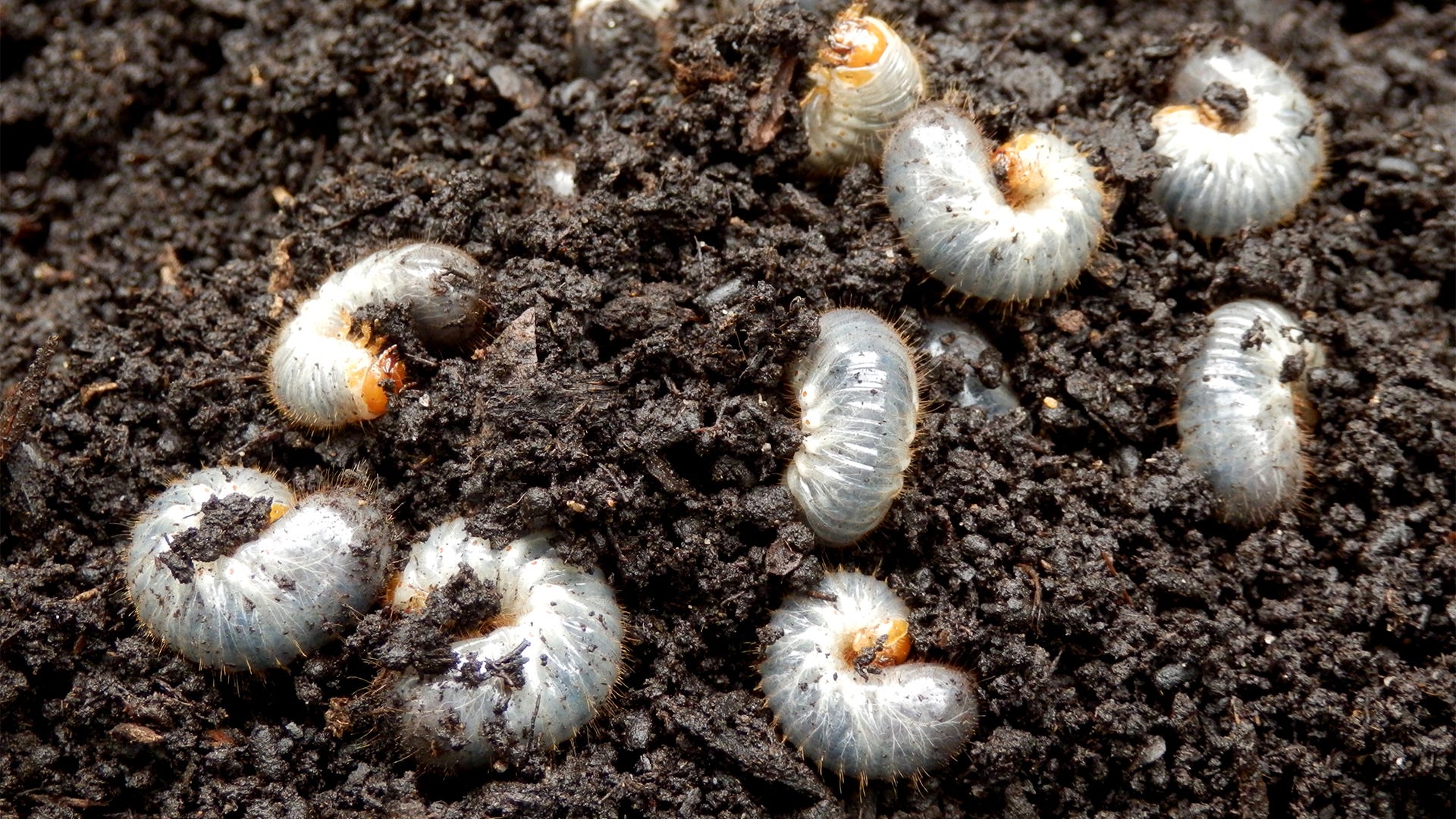

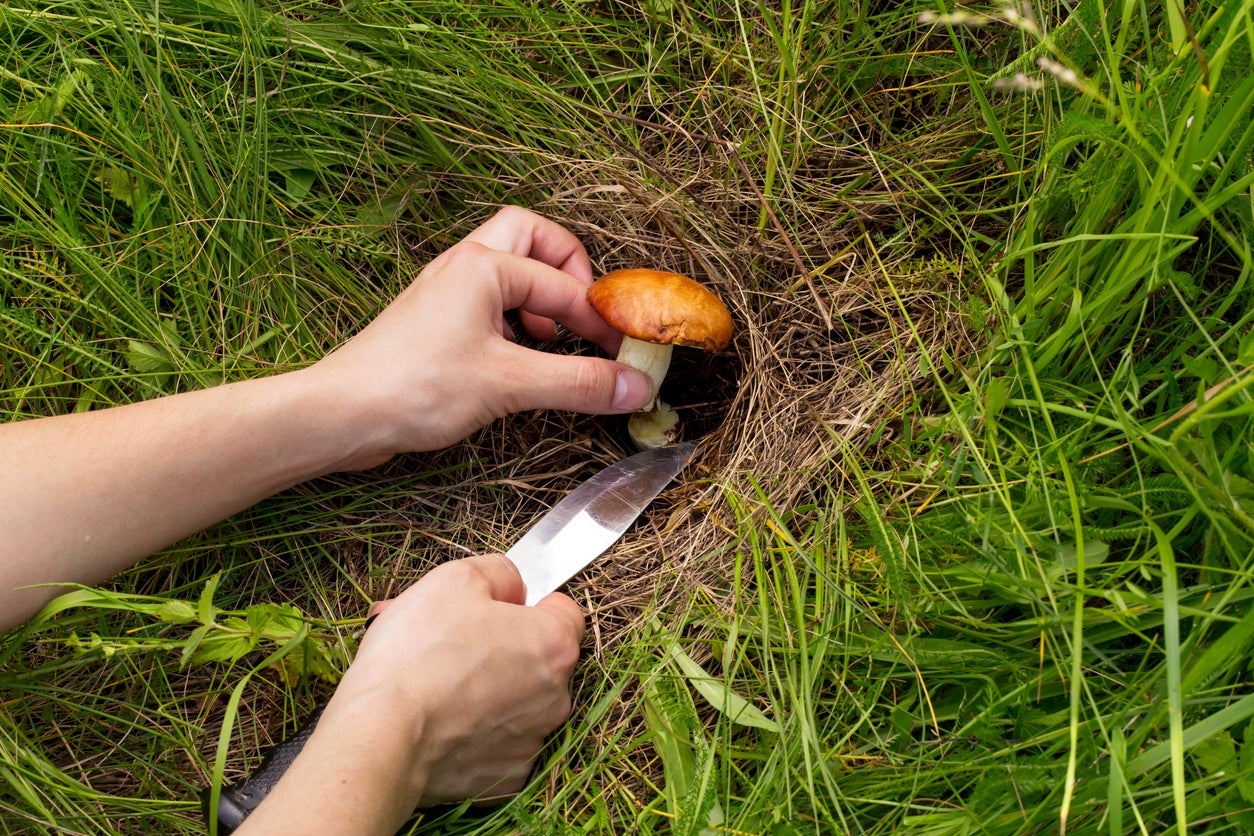
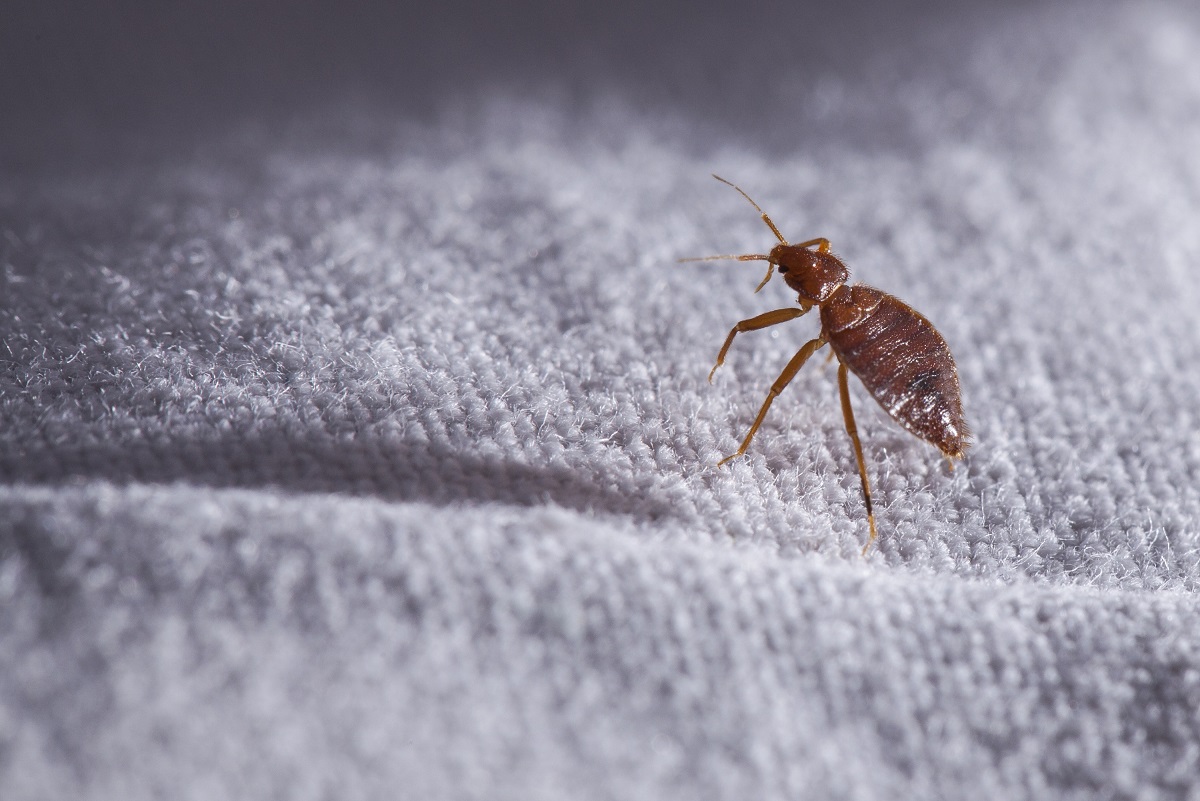







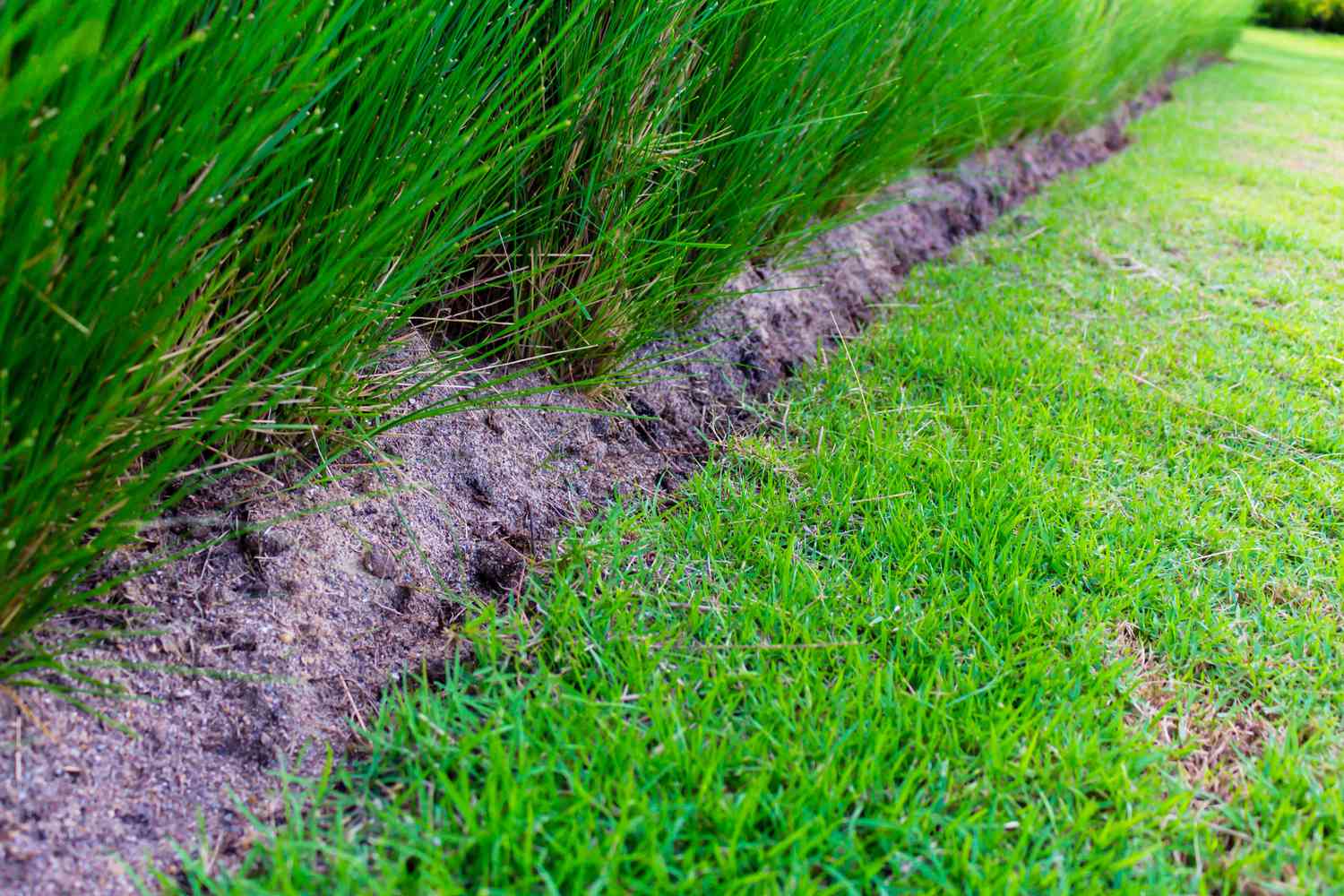

0 thoughts on “How To Get Rid Of Grass In A Garden Bed”